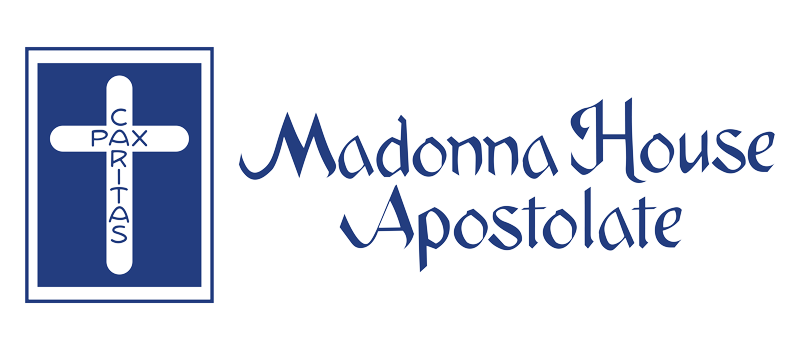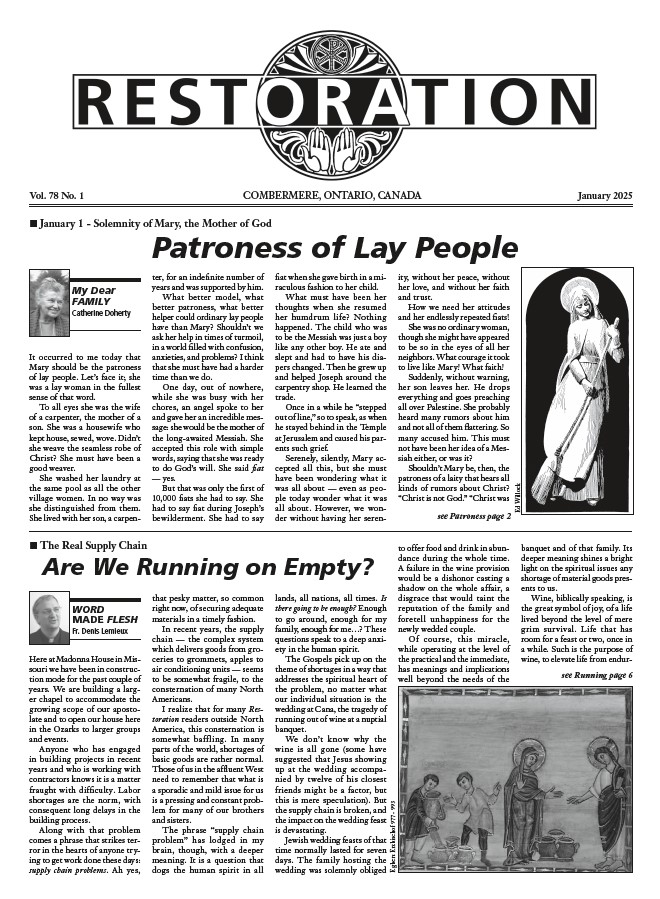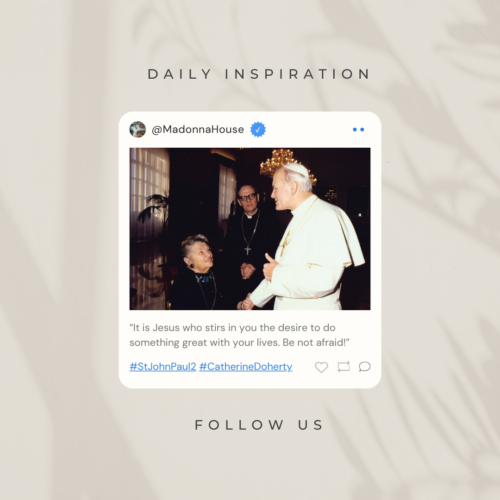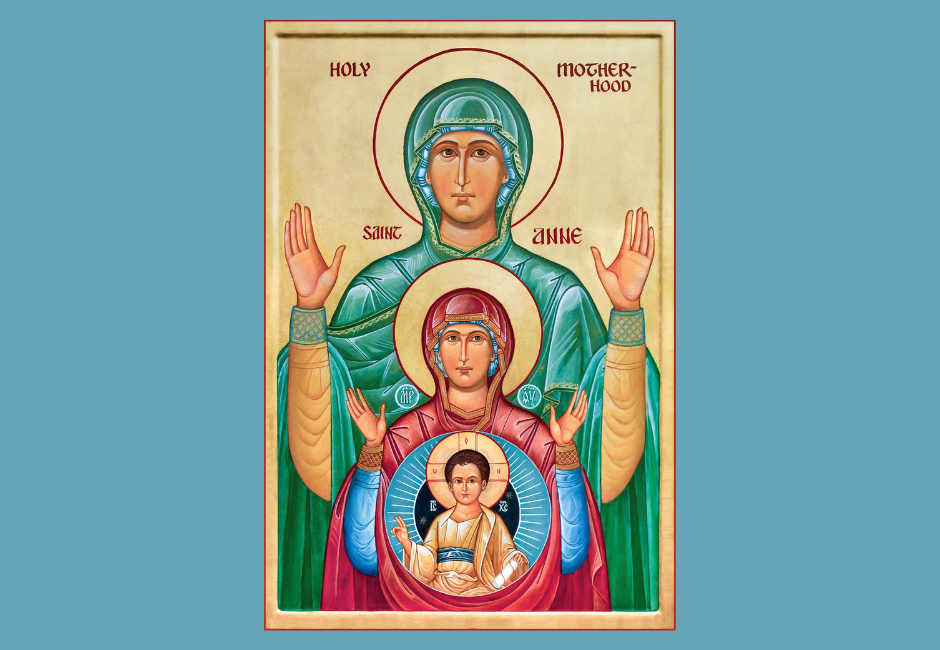
You’re not walking alone.
Last month we published part one of Bishop Michael Brehl’s conference at the end of our summer program. Here is the rest of his talk.
When I was a teenager, I used to think that God had a plan for me and I’d better discover what it was because I didn’t want to miss the opportunity. I had in my mind the image of a road map. I had to get it right and follow that road map. If I missed one of the signs, that might be it. It might be over.
Then I read the Gospel story of the road to Emmaus. After Jesus’ death on the cross, the women come and tell the disciples, “He’s alive! Mary Magdalene has seen him, an angel told us he’s alive, he’s not in the tomb.”
Two disciples, Cleopas and somebody who’s not named (that’s so that we can be the unnamed disciple because we all do this), don’t believe the women. It’s just too incredible, and so they decide to skip town. Jesus had told them, “Don’t leave Jerusalem.” Well, they’re going to leave anyway; they’re going back to the place they came from, Emmaus.
They’re walking along the road, and a stranger comes up and walks with them. He asks, “What are you so sad about, and what are you talking about?” They begin to tell the stranger all about Jesus and how he was the one in whom they had hoped, but he died on the cross. So we were wrong; it’s all over.
But as Jesus talks about the Scriptures; their hearts burn within them; later they recognize him in the breaking of the bread, and they know this is the one they thought was dead.
I want to go to the point where they’ve lost their hope, and they’re going the wrong way. They’re leaving the community. They’re running away, and Jesus comes and walks by their side. What does he do? He walks with them. You never hear him say “Turn around, you’re going in the wrong direction. Go back there.” He walks with them.
God’s plan for us is for our happiness so that we may live life fully. It’s not a roadmap where you check off each segment of the way. I take detours all the time, and Jesus walks with me. I’ll turn down the wrong path, and lo and behold, he walks with me until I recognize I’m headed in the wrong direction. I find that absolutely marvelous.
It’s like he says at the Last Supper, “Don’t let your hearts be troubled and don’t be anxious.” Don’t be afraid you’re going to miss the boat and it’s the last one. Never. If you missed it, he’d jump off the boat to make sure he was still with you. That’s the God in whom we hope.
Does that make sense to you? Does it reflect your own experience a bit? He always manages, somehow, to get me to see that I’m going wrong and then to turn me around. So don’t be anxious or worried. “Trust in God and trust in me still.” You’re not walking alone.
This story does point out a couple of things that are very important. If you run away from the community, the moment’s going to come when you have to turn back, because God calls us to live in relationship, in community. He calls us to be part of a people, and if we’re just on our own, we’re in trouble. That’s a pretty good signpost for me.
I just finished preaching the pilgrimage to St. Anne, and I really want to underline that St. Anne is a symbol and model of hope. The little we know about her comes from a gospel attributed to St. James, which is ancient but not in the Scriptures.
We know from that text that St. Anne and St. Joachim waited decades for a child and persevered in prayer. St. Anne prayed for a son to continue the priestly ministry of Joachim in the Temple. It was a hereditary priesthood, and only a male could exercise it. God didn’t give her a son and he didn’t answer according to her timetable.
The answer, when it came, was Mary. God gave her something so much better. St. Anne is a model of hope — praying like that and welcoming and accepting God’s response even though it was quite different from anything she had hoped for or expected.
How did St. Anne pass on this expectant hope to her daughter Mary? In paintings and statues, St. Anne is almost always pictured teaching Mary to read the Scriptures. This was unheard of at that time. Girls didn’t learn to read, especially the Scriptures. The culture didn’t allow it.
Did St. Anne teach her so well that when Mary praised God in the Magnificat, the first words that came to her mind and out her lips were words from Scripture that she knew by heart? If you want to be a person of hope, and if you want God to guide you into the future, know the Scriptures. Get steeped in the Scriptures. They are God’s Word.
The Word is living and active. It’s the Word which speaks to us. It’s for us today. We have to know the Scriptures. We have to make them our own. We have to make room in our hearts for them. We have to allow them to enlighten our minds. There’s so much wisdom there. You want to hope and know what you’re hoping for? Know and love the Scriptures.
St. Anne also teaches Mary to pay attention to the people and the world around her. One example is at the Annunciation. In that moment, Mary is asked if she’s willing to be the mother of God’s Son and allow the power of the Most High to overshadow her so that a child will be conceived in her womb whom she’ll name Jesus.
If that happened to most of us, we’d be thinking, how is this going to change my life? How am I going to tell Joseph? What am I going to say to my mother?
But what does Mary do? When the angel leaves her, she makes a week-long journey on foot, as fast as she can, into the hill country to her cousin Elizabeth, because Elizabeth is expecting a child in her old age and will need help. Mary pays attention to others and she finds there a guide to how she is to live her life. Like Father Vic, she’s not focused on herself; she’s focused outwards.
There is another thing that St. Anne teaches Mary and that we’ve all got to learn if we want to be hopeful people and discern how God is guiding us into the future.
St. Anne knows from her own experience of prayerful expectant hope, that things take time. Often, we don’t understand what we are living when we are going through it. Experiences don’t always reveal themselves fully in the moment. It’s too close.
But if we treasure and hold on to the experience in our hearts, and if we take time to ponder, to pray and to journal, often we’ll begin to discover how God was present in that experience and how he is guiding us forward.
I think that’s a very important lesson for us to learn in discernment. St. Anne must have taught that to Mary. If you look at the Gospel of Luke, every time Luke mentions Mary, he says, she treasured all these things and pondered them in her heart.
What a beautiful word Luke gives us — to treasure all these things and ponder them in our hearts, to treat experience with respect and care, to recognize the dignity in human experience and to ponder. Pondering isn’t the same thing as figuring out. It’s not a puzzle to be solved. It’s a mystery which invites us to live in its presence. And pondering teaches us how to do that, bit by bit.
Do you want to be people of hope, and do you want to be guided by God into the future? Then know the Scriptures. Listen to his Word. Take it seriously.
Be attentive. Pay attention to the people around you. Pay attention to the events around you. Stop and gaze at a beautiful sunrise over the water. Pay attention, most especially, to your sisters and brothers, because it’s not all about you, and certainly not all about me, but it is about all of us together. Paying attention and love are intimately linked.
Thirdly, slow down. Treasure your experience. Hold on to it with respect. Respect human experience which reveals to us the divine. That’s the meaning of incarnation. And ponder it in your heart.
Then we will know beyond a shadow of a doubt that our hope of sharing the glory of God is not illusory. It’s not beyond our reach. It’s what we’re called to live and be and witness here and now.
[Holy Motherhood icon by ©Marysia Kowalchyk, Madonna House]
